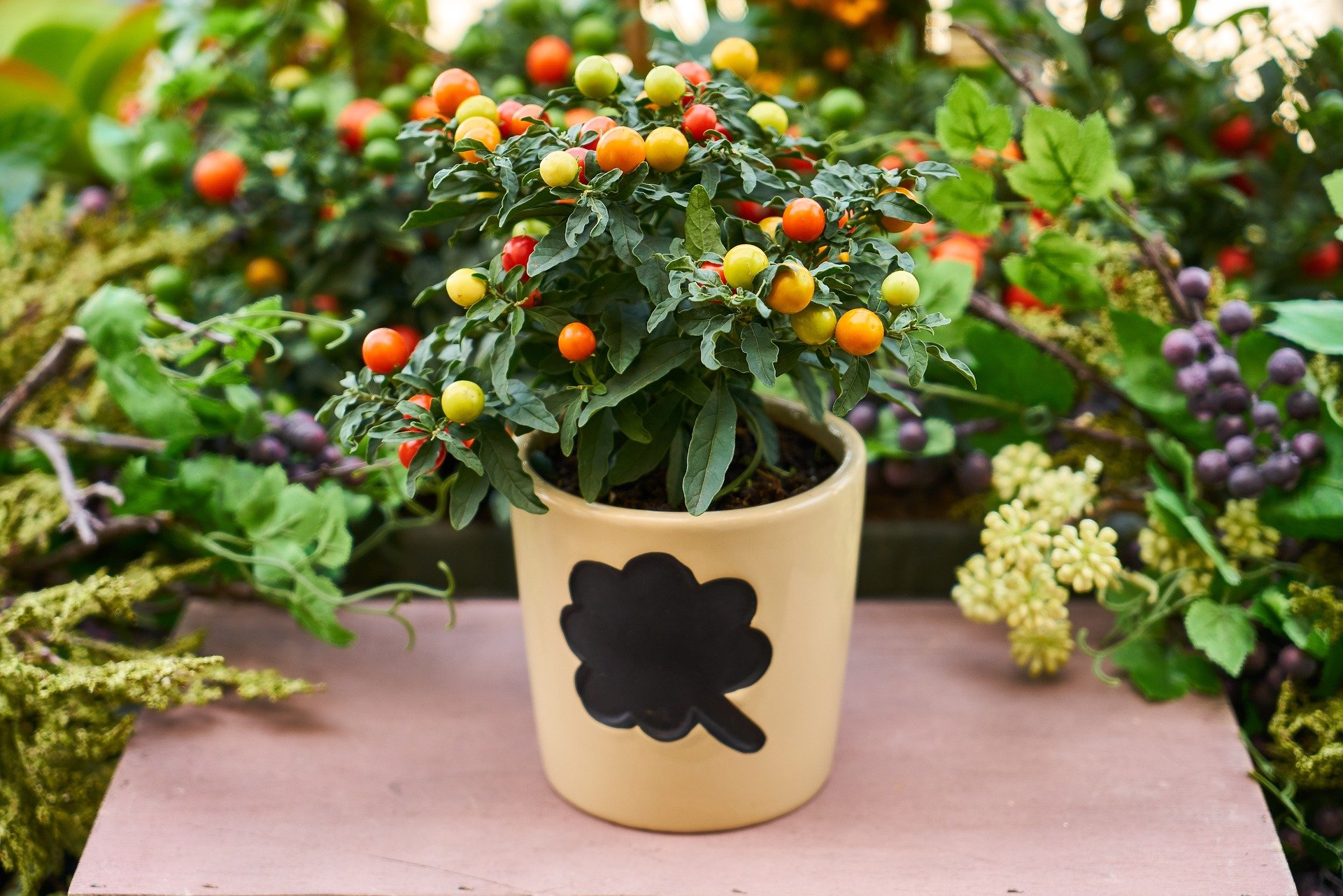Container Gardening 101: Growing Plants in Small Spaces
Disclosure: This article contains affiliate links. As an Amazon Associate, I earn a small commission from qualifying purchases.
Not everyone has the luxury of a sprawling backyard garden or a spacious plot of land for planting. Many urban dwellers find themselves with only a balcony or a patio.
Having a garden may seem like a dream, but this situation offers a great opportunity for getting creative with containers.
Container gardening has come a long way in recent years, making it easier to grow a variety of plants in small spaces with innovative designs. Here are some benefits unique to growing in containers:
Benefits of Container Gardening:
Mobility: Containers can be moved easily, allowing you to adapt to changing sunlight conditions or rearrange plants like they are furniture.
Creative Expression: You can get creative with arrangements and combinations of plants, as well as things to use for the containers.
Therapeutic Benefits: Taking care plants in limited spaces and watching them grow brings a sense of joy, relaxation, and accomplishment.
In this article, we'll explore the world of container gardening, discussing plant options, essential care tips, and various types of containers to help you make the most of your limited space.
Whether you're a gardening enthusiast with a green thumb or a beginner looking to bring a touch of nature to your living space, container gardening offers a world of possibilities that are accessible, versatile, and filled with the joy of cultivating plants in even the most confined environments.
Table of Contents:
Choosing Container Friendly Plants
When it comes to container gardening, choosing the right plants is important. Some plants are specifically bred for container gardening, adapting well to a confined space and limited soil volume. These plants often have more compact growth habits, making them ideal for small containers.
Additionally, selecting plants that don't grow too large is essential to prevent overcrowding and ensure each plant has sufficient space to thrive. You may dream of picking your own corn, but I’m sorry we must draw the line somewhere. Don’t worry though, you still have plenty of options for your bountiful container garden!
Examples of Container-Friendly Plants:
Herbs: Basil, Cilantro, Mint, Rosemary
Vegetables: Cherry Tomatoes, Bell Peppers, Radishes, Celery, Zucchini, Swiss Chard
Fruits: Strawberries, Patio Fruit Trees, Raspberries
Flowers: Petunias, Marigolds, Zinnias
Leafy Greens: Lettuce, Spinach, Kale
Tips to Keep Plants Happy in Containers
Container gardening requires a more hands-on approach compared to traditional in-ground gardening. Proper care is essential to keep your plants healthy and thriving in confined spaces.
1. Potting Mix: Fill your containers with a high quality potting mix, or your own homemade compost.
Add a few handfuls of compost or worm castings if you’re using store bought potting mix.
Related Article: Supercharge Your Soil: Worm Castings - Nature's Fertilizer
2. Watering: Containers tend to dry out faster than garden beds, so it's crucial to monitor soil moisture regularly.
Water the plants when the top inch of the soil feels dry, and use a well-draining potting mix to prevent waterlogged roots.
3. Fertilizing: Container plants rely on the nutrients present in the potting mix, which can deplete over time. Regularly feed your plants with an organic fertilizer, like this all-purpose liquid seaweed, to ensure they receive the necessary nutrients for optimal growth. Dilute the solution and water your containers with it weekly.
4. Staking: Some plants, especially those with tall or vining habits, may require staking to provide support. Use bamboo stakes or cages to prevent plants from bending or breaking under their weight.
5. Hanging: Utilize vertical space by incorporating hanging containers or planters. Hanging baskets are excellent for trailing plants, herbs, and flowers.
Types of Containers
Choosing the right container is as important as selecting the right plants. Various container options cater to different needs and aesthetics.
1. Pots: Traditional clay or plastic pots are versatile and come in various sizes and styles. Ensure they have drainage holes to prevent waterlogging.
2. Grow Bags: Fabric grow bags provide excellent aeration to the roots, preventing overwatering and promoting healthier plants. They are lightweight, portable, and come in various sizes.
3. Tower Planters: Vertical gardening is a space-saving solution. Tower planters allow you to grow multiple plants in a small footprint, making them perfect for balconies and patios.
I have a Greenstalk planter that I grow strawberries in. I can fit 30 strawberry plants in 4 square feet using this container.
4. Pocket Planters: Hanging pocket planters or wall-mounted pouches are great for maximizing vertical space. They are perfect for growing herbs, flowers, or small vegetables.
5. Anything you can put potting mix in!
Get creative and repurpose things to make beautiful unconventional planters. Old boots work great! Metal objects work great too, just be sure to add holes for drainage. Go treasure hunting at garage sales.
Work boots work great as planters
Container gardening is a versatile and accessible way for individuals with limited space to enjoy the benefits of cultivating plants. By choosing the right container, selecting suitable plants, and providing proper care, you can create a vibrant and productive container garden on your balcony or patio.
Embrace the possibilities of container gardening, and transform your small space into a flourishing oasis of greenery.
Happy Gardening!
Related Articles:






